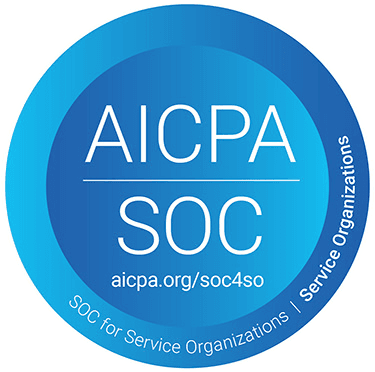How to Improve Sales Forecasting Accuracy
Sales forecasting is a critical aspect of any business as it provides valuable insights into future sales trends and potential revenue. Accurate sales forecasting allows companies to make informed decisions about inventory management, staffing, and overall business strategy. However, many companies struggle with accurately forecasting their sales, which can lead to missed opportunities and wasted resources. This can be due to a variety of factors such as lack of data, unreliable data, and a lack of understanding of market trends and customer behavior. In this blog post, we will delve deeper into the topic of sales forecasting, discussing the importance of accurate forecasting, common challenges faced by businesses, and practical steps that companies can take to improve their forecasting accuracy.
Use historical data
One of the most important things you can do to improve your sales forecasting accuracy is to use historical data. This includes data on past sales, customer behavior, and market trends. By analyzing this data, you can identify patterns and trends that can help you make more accurate predictions about future sales.
Use multiple forecasting methods
Another way to improve your sales forecasting accuracy is to use multiple forecasting methods. This includes both quantitative and qualitative methods, such as time series analysis, regression analysis, and market research. By using a combination of these methods, you can gain a more complete understanding of the factors that are likely to impact your sales.
Incorporate external factors
In order to make accurate sales forecast, it is important to consider external factors that can impact your sales. This includes things like economic conditions, market trends, and competitor activity. By incorporating these factors into your forecasting model, you can gain a better understanding of how they may impact your sales.
Communicate with your sales team
Another way to improve your sales forecasting accuracy is communicating with your sales team. Your sales team is on the front line of your business, and they have a wealth of knowledge and insights about your customers and the market. By talking to your sales team and incorporating their insights into your forecasting model, you can gain a more accurate picture of your sales prospects.
Use software and tools
There are a number of software and tools available that can help you improve your sales forecasting accuracy. This includes forecasting software, CRM software, and data analytics tools. These tools can help you automate the forecasting process, providing you with real-time data and insights to help you make more accurate predictions.
Review and adjust
Finally, it is important to review your sales forecasts regularly and make adjustments as necessary. This includes looking at actual sales data, comparing it to your forecast, and identifying any discrepancies. By doing this, you can identify any areas where your forecasting model is not working well and make adjustments to improve its accuracy.
In conclusion, improving sales forecasting accuracy is a key part of any business strategy. By using historical data, multiple forecasting methods, incorporating external factors, communicating with your sales team, using software and tools and regularly reviewing and adjusting your forecast, you can gain a more accurate picture of your sales prospects and make better decisions for your business.




